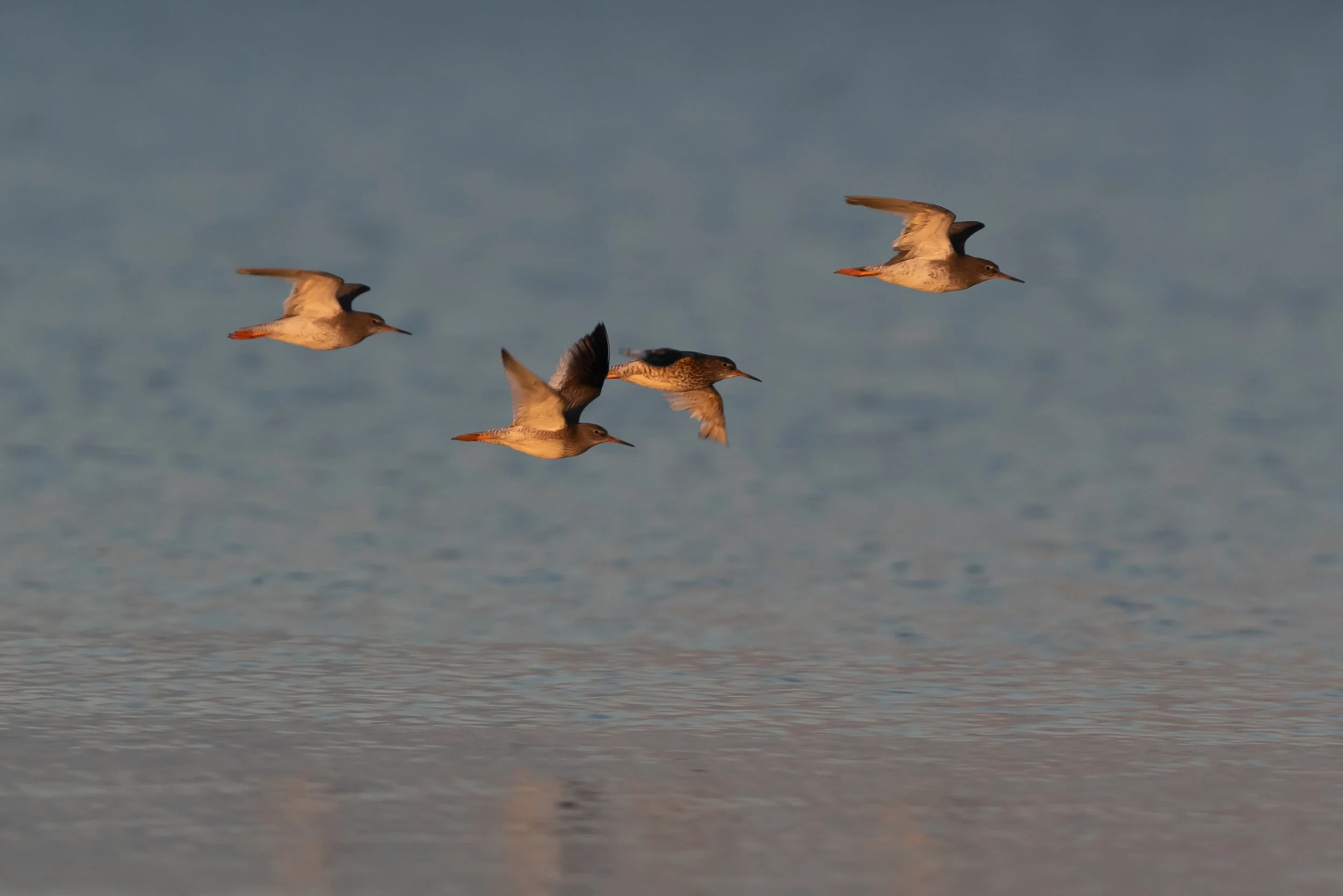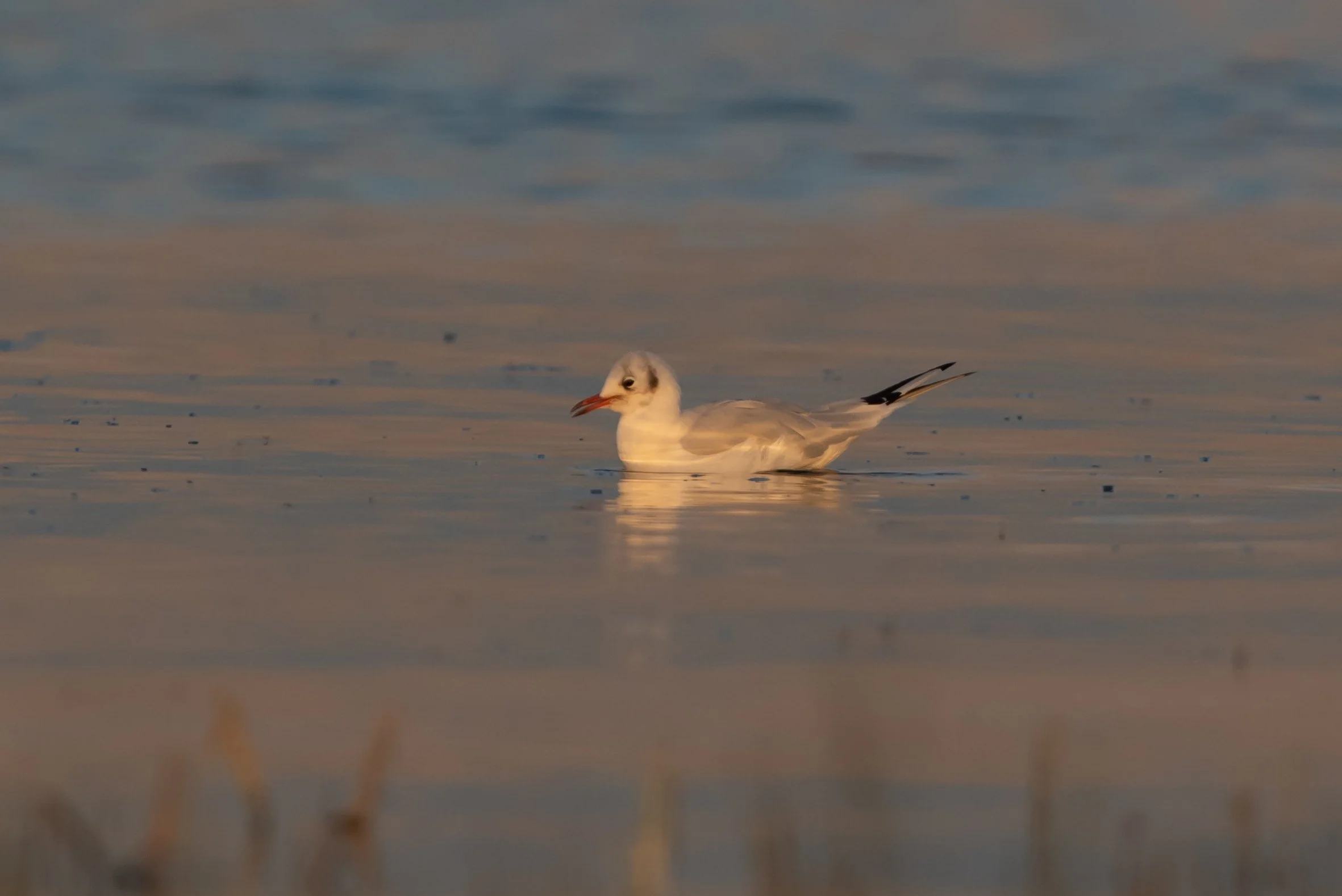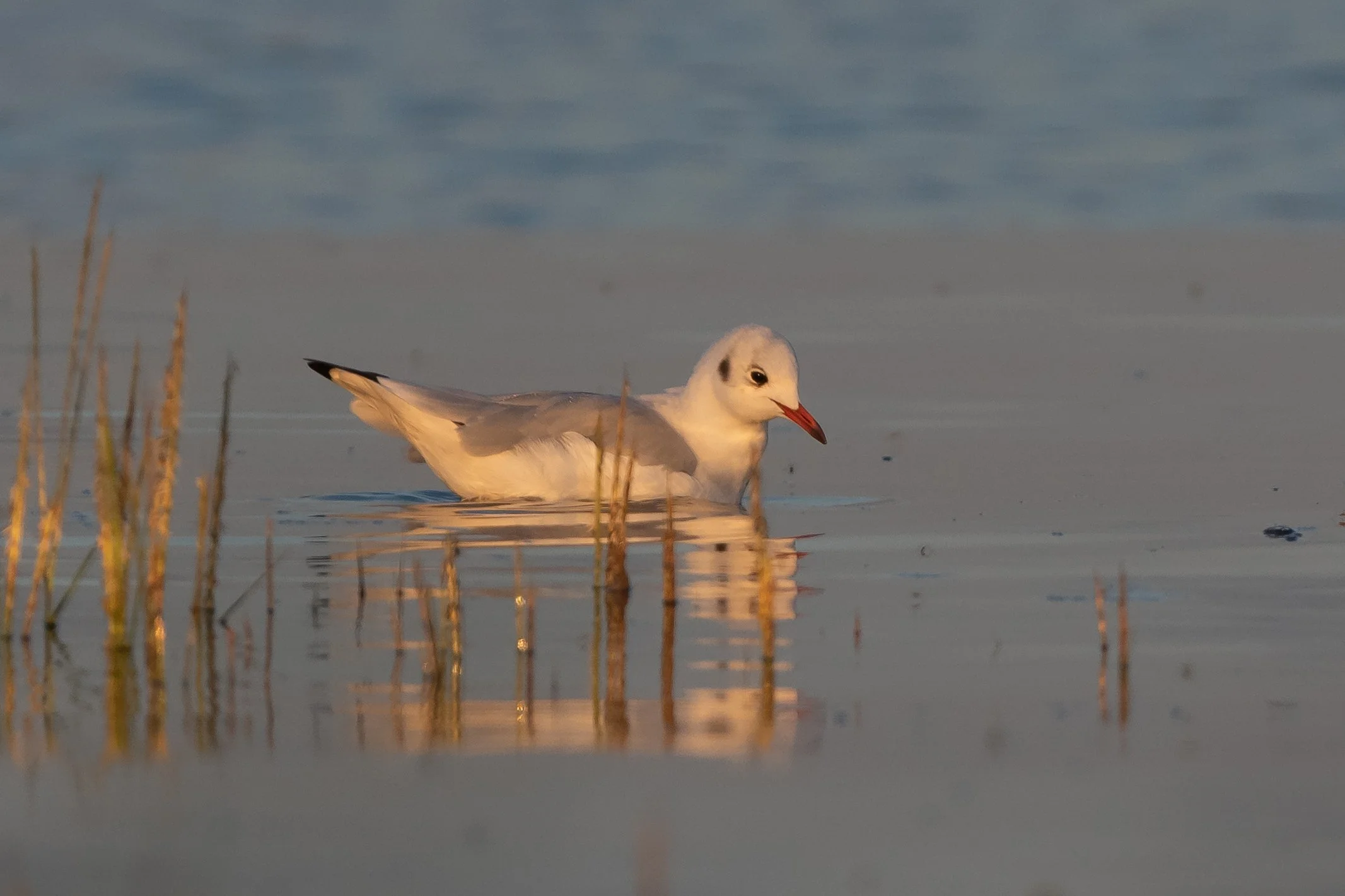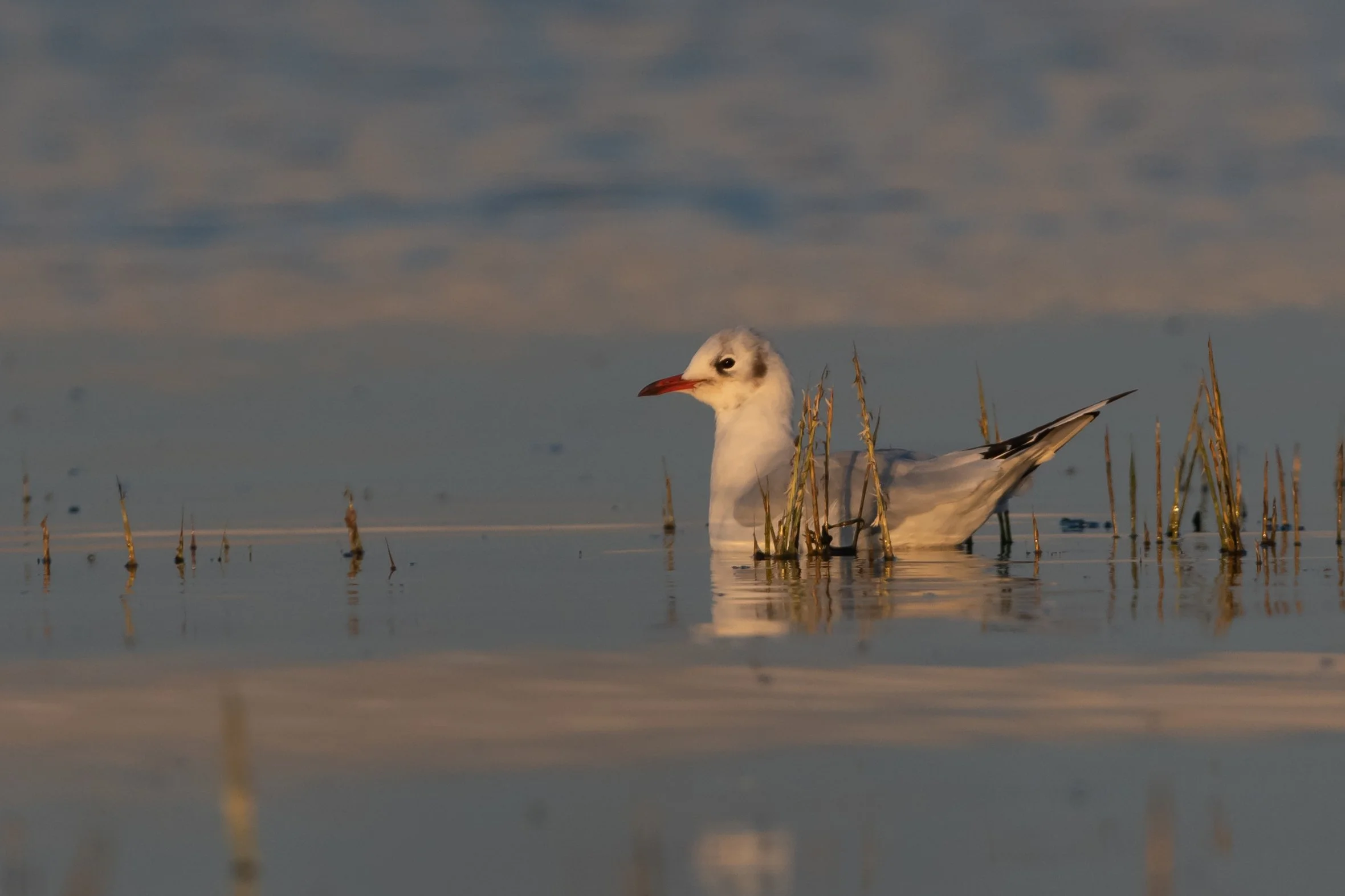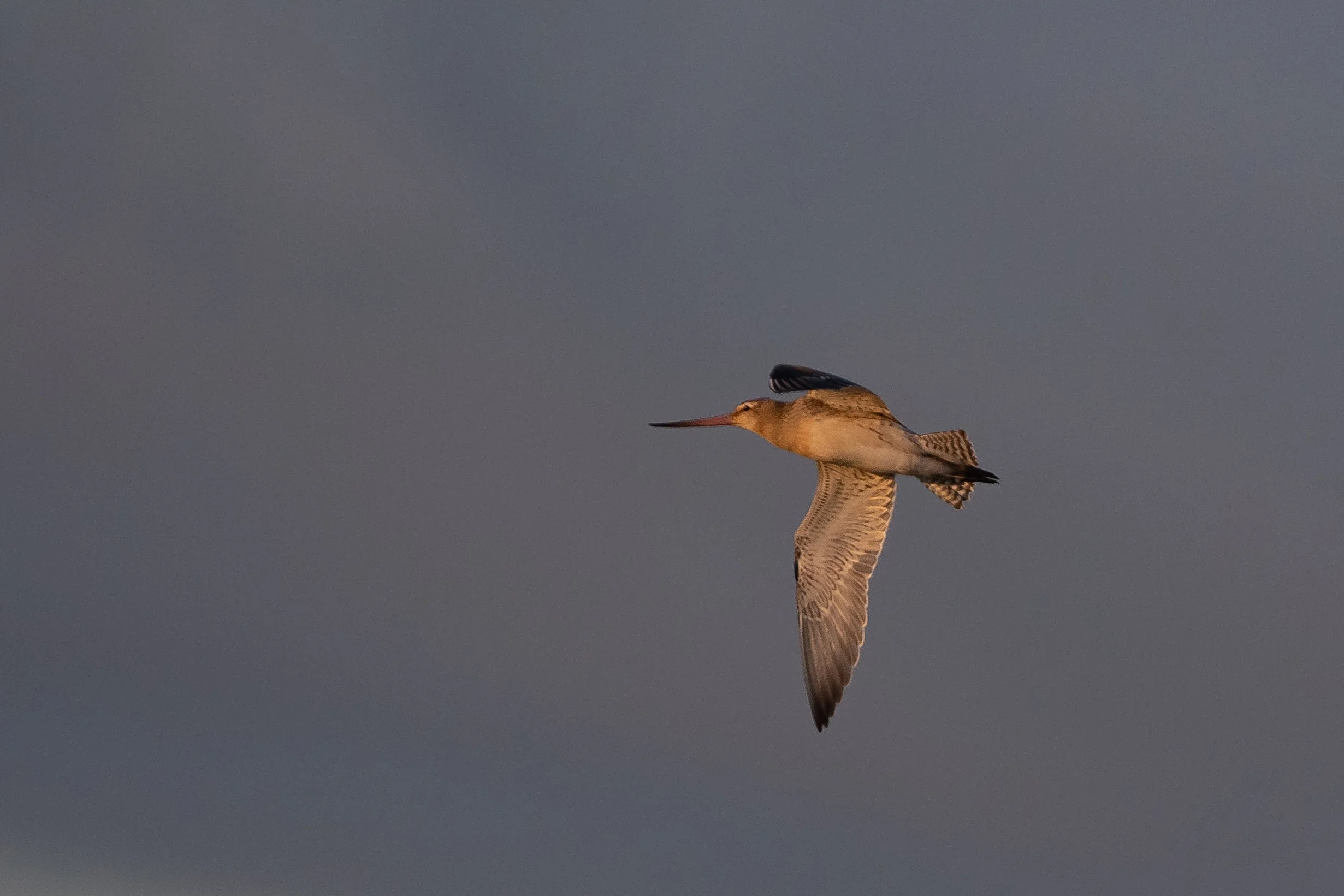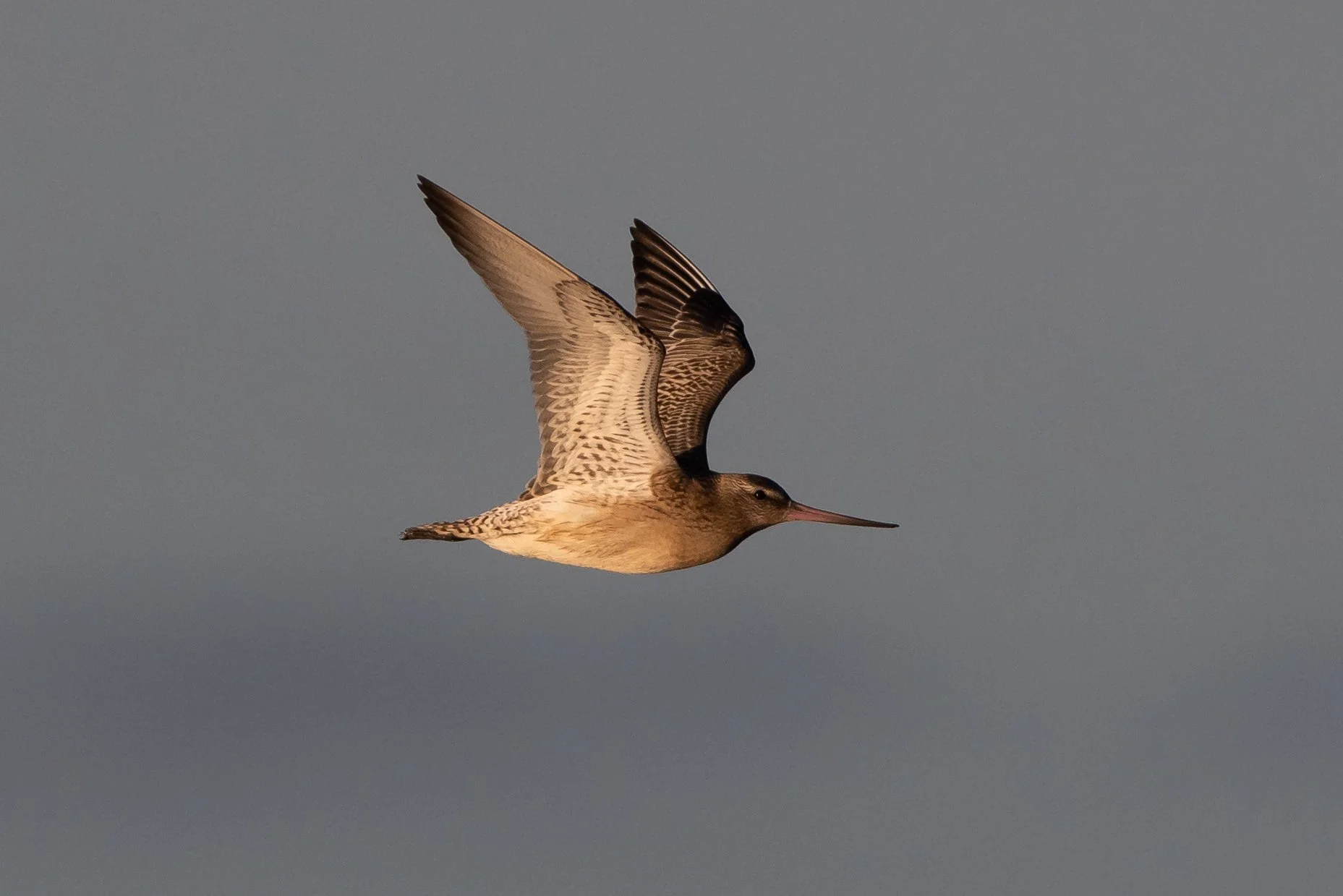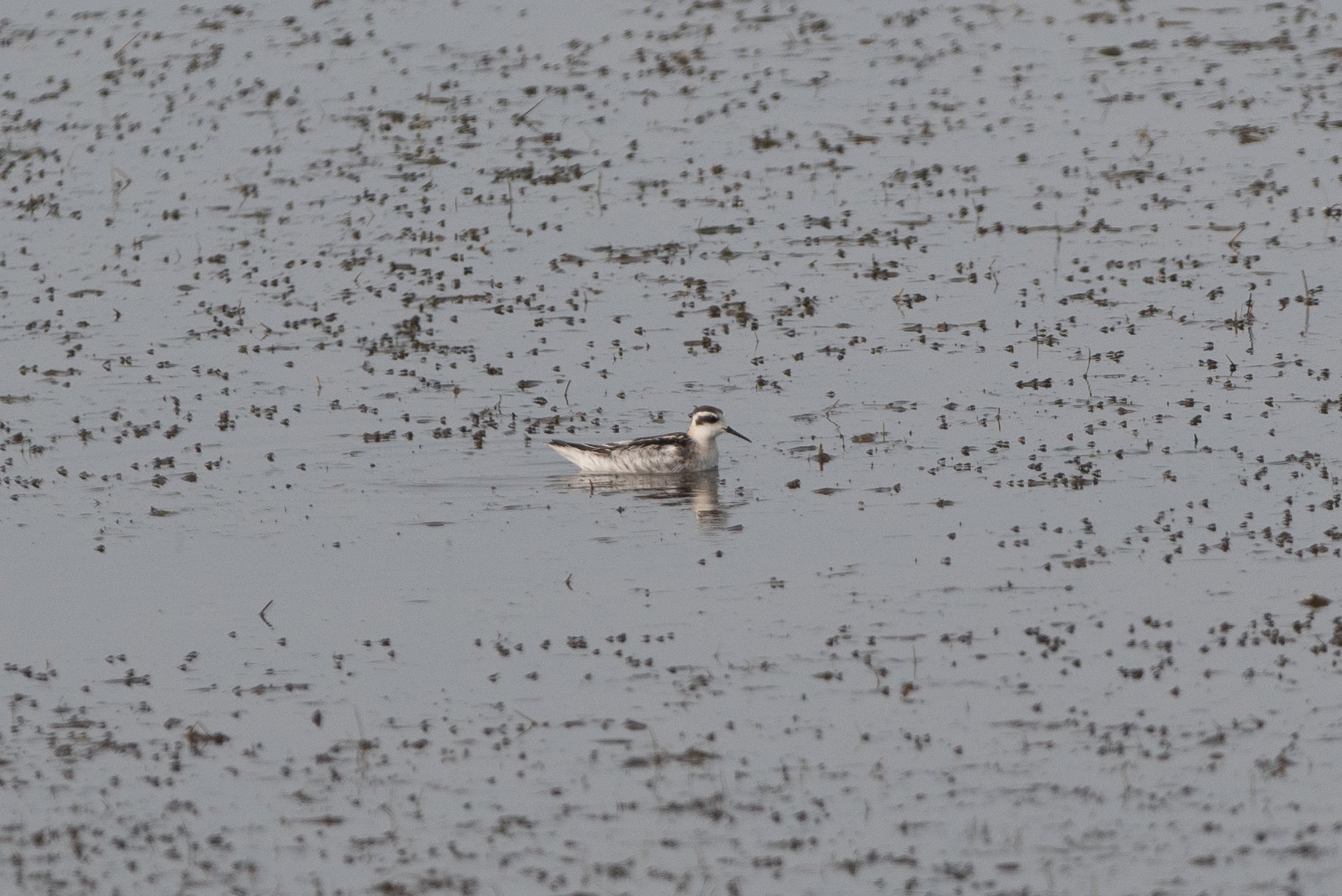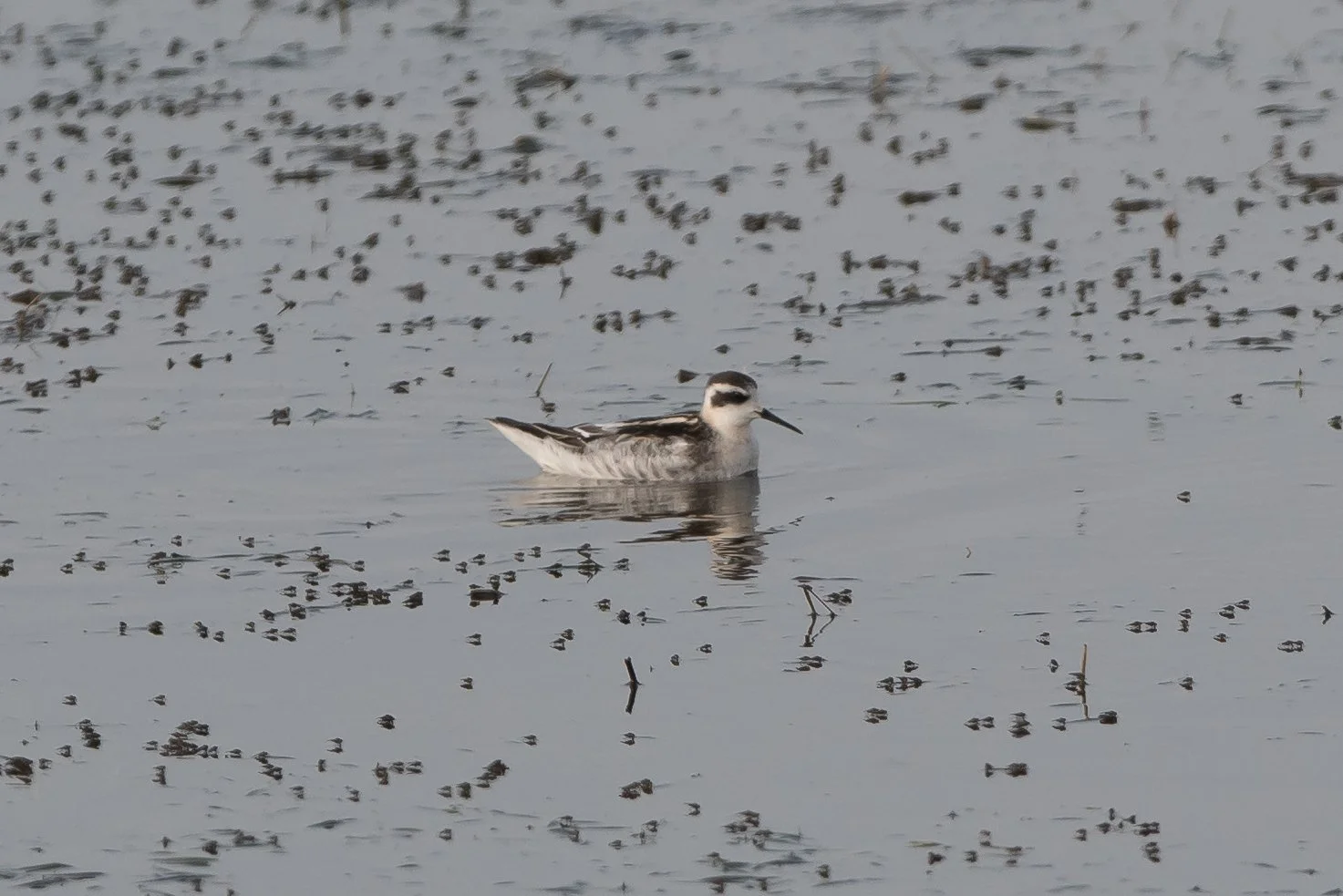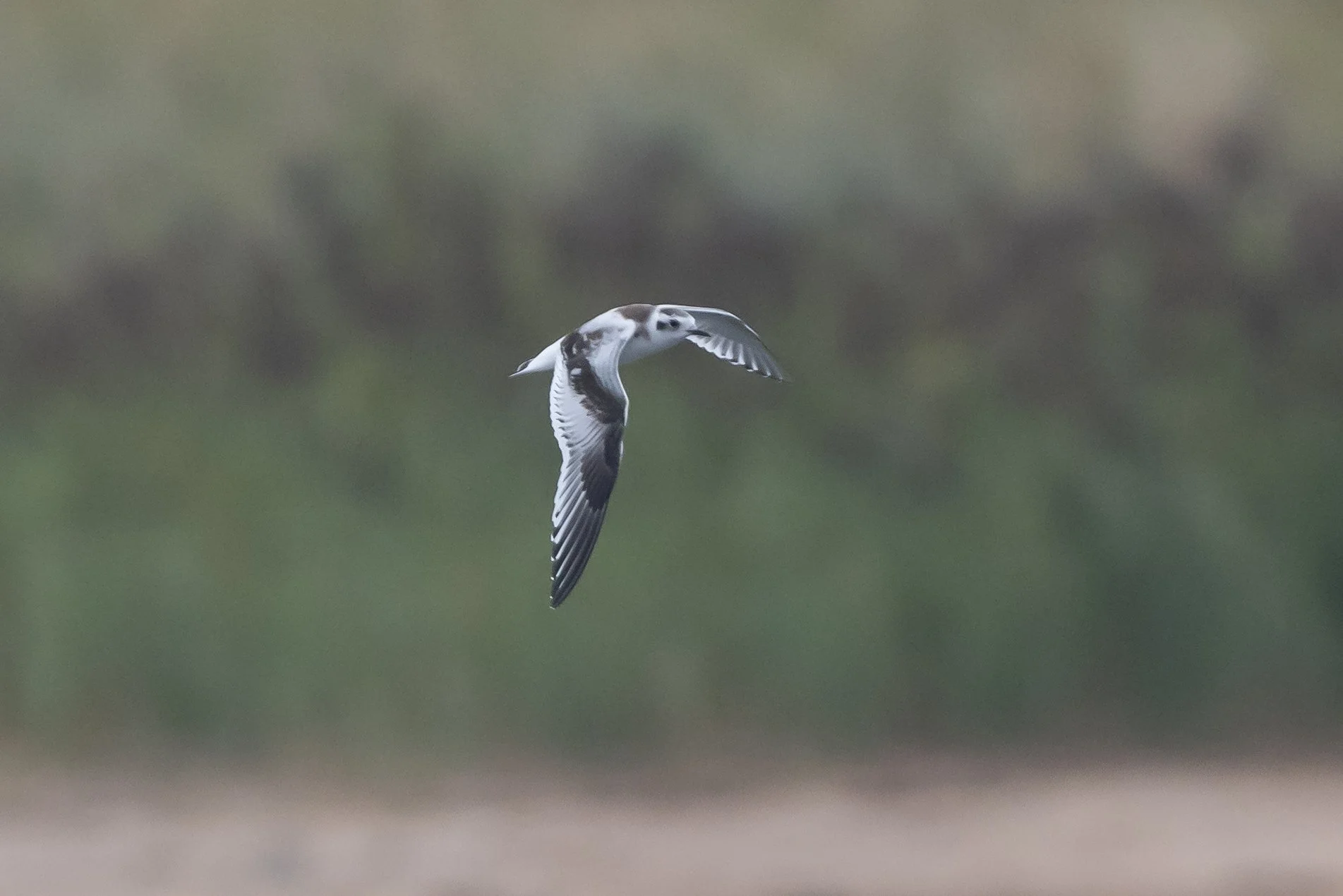The birding at Spurn over the last 2 weekends has certainly hotted up not only in terms of scarce birds but also good numbers as well as great weather, especially in the mornings for photography.
The weekend before last produced a wryneck and red-necked phalaropes as well as some nice waders and this weekend has been the best yet in terms of scarce birds with a citrine wagtail being the star bird,,the long staying pair of phalaropes as well as a sprinkling of common migrants including whinchats, pied flycatchers, willow warblers, redstarts and a cracking wood warbler.
Beacon Ponds was brilliant this Sunday with red-necked phalaropes, great egret, juvenile little gulls, wood sandpiper, 80 plus little egrets and a distant view of a honey buzzard coming in off the sea.
There were some good numbers of curlew sandpipers around (6 on Kilnsea Wetlands) as well as ruff, bar tailed godwit and black-tailed godwit.
Its all shaping up very nicely for the forthcoming Migfest Weekend.
I will be running 2 workshops on Saturday and Sunday and will have a stand and will be generally talking photography at Spurn all weekend.
If you’ve got your ticket and want to know more about the best times and places to photograph wildlife at Spurn pop along-it will be great to see you!
Redshank at dawn
Redshank at dawn
Black-headed gull
Black-headed gull
Black-headed gull
Black-headed gull
Bar-tailed godwit
Bar-tailed godwit
Redshank
Redshank
Willow warbler
Citrine wagtail
Citrine wagtail
Citrine wagtail
Citrine wagtail
Citrine wagtail
Citrine wagtail
Citrine wagtail
Wood warbler
Wood warbler
Wood warbler
Red-necked phalarope
Wood sandpiper
Red-necked phalarope
Great egret (centre) with little egrets, grey heron & black-headed gulls
Ruff
Juvenile little gull
Juvenile little gull
Great egret
Juvenile little gull
Black-tailed godwit
Bar-tailed godwit
